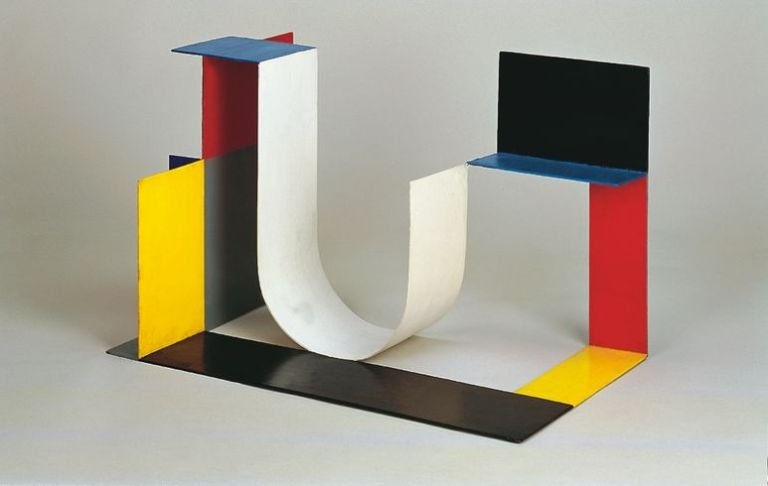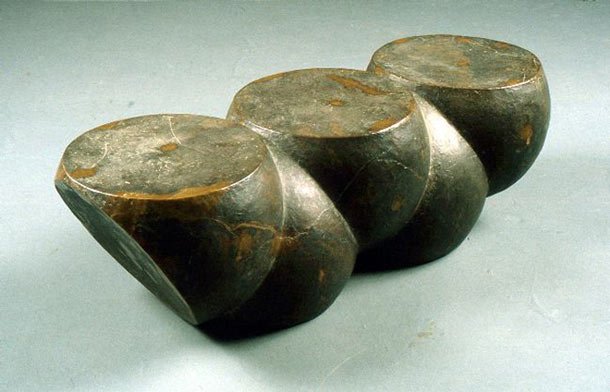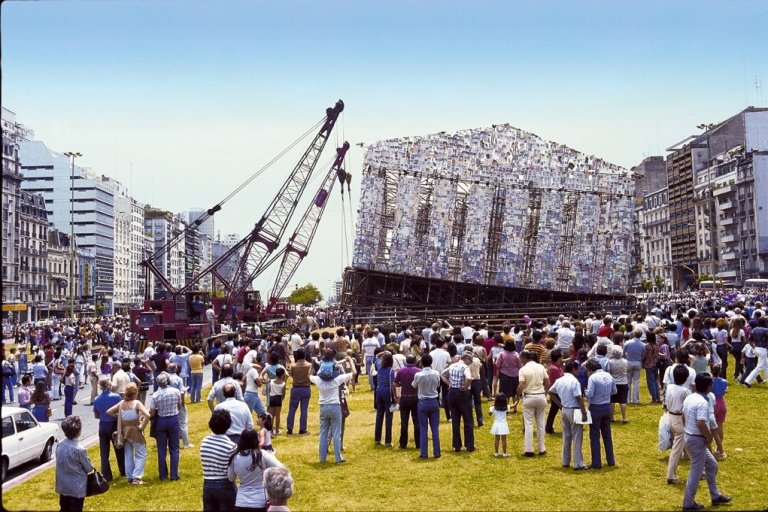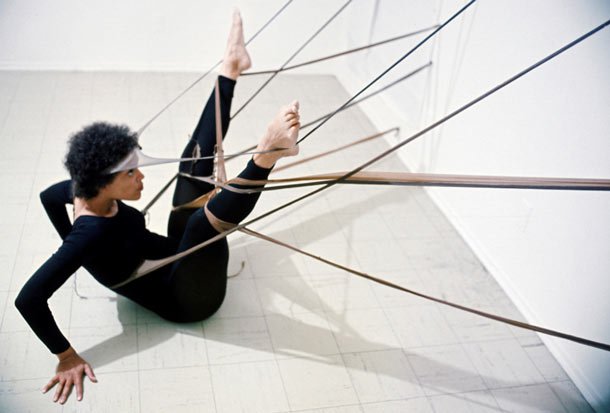Susan Best, author of “Visualizing Feeling,” examines five women artists you should be aware of, as women continue to be underrepresented in major collections.
We’ve made significant progress since the 1970s when standard art history textbooks, such as Gombrich’s “The Story of Art” and Janson’s “History of Art,” overlooked women artists entirely. Despite efforts like Roszika Parker and Griselda Pollock’s “Old Mistresses” in 1981, which exposed the latent sexism in art history, disparities persist.
Also Read: openDemocracy review The Fog of Peace
The Guerilla Girls and Australian artist Elvis Richardson continue to advocate for gender equality in the art world. Richardson’s blog, ‘Countless: Women Count in the Art World,’ serves as a valuable tool in challenging the notion of equal representation for women artists in major collections and exhibitions.
To further this mission of recognizing women’s contributions to art, here are brief profiles of five women artists who deserve more recognition, acknowledging that there are countless others as well.
1. Katarzyna Kobro (1898-1951)

Originally from Russia, Katarzyna Kobro is commonly identified as a Polish Constructivist. She relocated to Poland with her husband, the painter Wladyslaw Strzeminski, in 1922, eventually settling in Lodz by 1931. Together, they developed a theory of artistic production known as Unism, encompassing painting, sculpture, typography, and architecture.
Kobro’s delicate sculptures from the 1920s serve as excellent examples of Unism’s main principle: sculpture should harmonize spatially with its surroundings. Some of her most notable works employ open forms and color contrasts to articulate and fragment the sculpture.
These small-scale painted metal sculptures appear to blend into planes and surfaces, resembling three-dimensional paintings with space serving as the canvas. The fusion of sculpture and space is further enriched by the dynamic relationships between shapes and colors that reveal themselves as viewers move around her pieces.
2. Ruth Vollmer (1903-1982)

Ruth Vollmer, originally from Germany, moved to the USA in 1935. She began showcasing her artwork in the late 1950s, with her career often characterized as “belated.” Not only did she start later than some of her contemporaries, but her sculptures also diverged slightly from the dominant trends in American art during the early 1960s.
Her artistic style aligns more closely with postminimalist aesthetics, which gained prominence later in the decade. Vollmer was associated with the New York art scene, counting artists like Sol LeWitt, Robert Smithson, and Eva Hesse among her peers. Particularly in Hesse’s work, there are parallels with Vollmer’s exploration of geometric and organic forms.
Vollmer’s focus on the sphere in the early 1960s, a departure from the prevalent use of right angles and cubes, stemmed from her belief that the sphere represented the only truly three-dimensional form, as opposed to the cube, which she observed consisted of planes. In 1966, she aimed to “not destroy the mystery while exploring geometrically.” A recent exhibition of her artwork at ZKM in 2006, titled “Thinking the Line,” paired her work with that of another German exile to the Americas, Gego (Gertrud Goldschmidt).
3. Marta Minjuín (1943-)

Conceptual artist Marta Minjuín is frequently likened to the Argentine version of Andy Warhol. This comparison is partly due to her physical appearance, characterized by her bleached blond hair, and partly because of her association with Warhol’s Pop Art aesthetic. Notably, one of her notable performances involved Warhol himself.
In 1985, amid the Latin American debt crisis, she organized an event in New York titled “The Debt,” where she symbolically repaid Argentina’s debt to Warhol. She did this by presenting him with what she humorously referred to as “Latin American gold,” which was corn on the cob.
Following the restoration of democracy to Argentina in 1983, Marta Minjuín created a significant public sculpture addressing the censorship of books during the dictatorship era. They constructed the “Parthenon of Books/Homage to Democracy, Buenos Aires,” a life-sized replica of the Parthenon, using exclusively banned books in a public park in Buenos Aires.
The monumental scale of the artwork underscored the severity of censorship endured during that period. After three weeks of display, authorities dismantled the sculpture, allowing the public to take home the previously banned books, symbolizing their newfound freedom to access and read them.
4. Senga Nengudi (1943-)

Nengudi, originally known as Sue Owens and born in Chicago, is recognized as a significant figure in African American abstraction, conceptual art, and performance art. Notable exhibitions of African American art featured her artwork, including “California Black Artists” at the Studio Museum in Harlem in New York in 1977 and “Afro-American Abstractions” in 1980 at P.S.1 in New York.
Studying dance and art in Los Angeles, Nengudi’s artistic practice intertwines performance with sculpture. Unlike typical performance remnants, her performance-based objects possess autonomy as sculptures, even without the live presence of a performer. For instance, her “Réspondez s’il vous plait (RSVP)” series, initiated in 1975, consists of sculptures crafted from stockings filled with sand.
The performer’s body can manipulate and reshape these sculptures attached to the wall. Despite the absence of the performer, the series’ title prompts a response, and the sculptures themselves have the ability to evoke a sense of embodiment. Nengudi has expressed that she chooses to work with nylon mesh because it mirrors the human body’s elasticity.
5. Theresa Hak Kyung Cha (1951-1982)

While her novel “Dictee” (1982) perhaps garners more widespread recognition, Cha also created some of the most intricate and refined videos of the late 1970s. She received instruction from prominent French theorists of the cinematic apparatus, such as Jean-Louis Baudry, Christian Metz, Raymond Bellour, and Thierry Kuntzel, at the Centre d’Etude Américain du Cinéma in Paris.
Despite this academic background, Cha’s work does not exhibit an overly theoretical quality. Her book “Apparatus,” published by Tanam Press in 1980, compiles many key texts of French film theory. During her relatively short career as an exhibitor, Cha created two remarkably poignant and captivating video installations: “Exilée” (1980) and “Passages, Paysages” (1978).
“Exilée” blends film and video, with the video component nested within the film projection, while “Passages, Paysages” is a three-monitor video installation lasting approximately 11 minutes. Both installations incorporate intricate poetic texts intertwined with stunning imagery, resulting in meticulously edited and layered visual and auditory sequences.
Also Read: Dissecting The Living: Vivisection In Early Modern England


